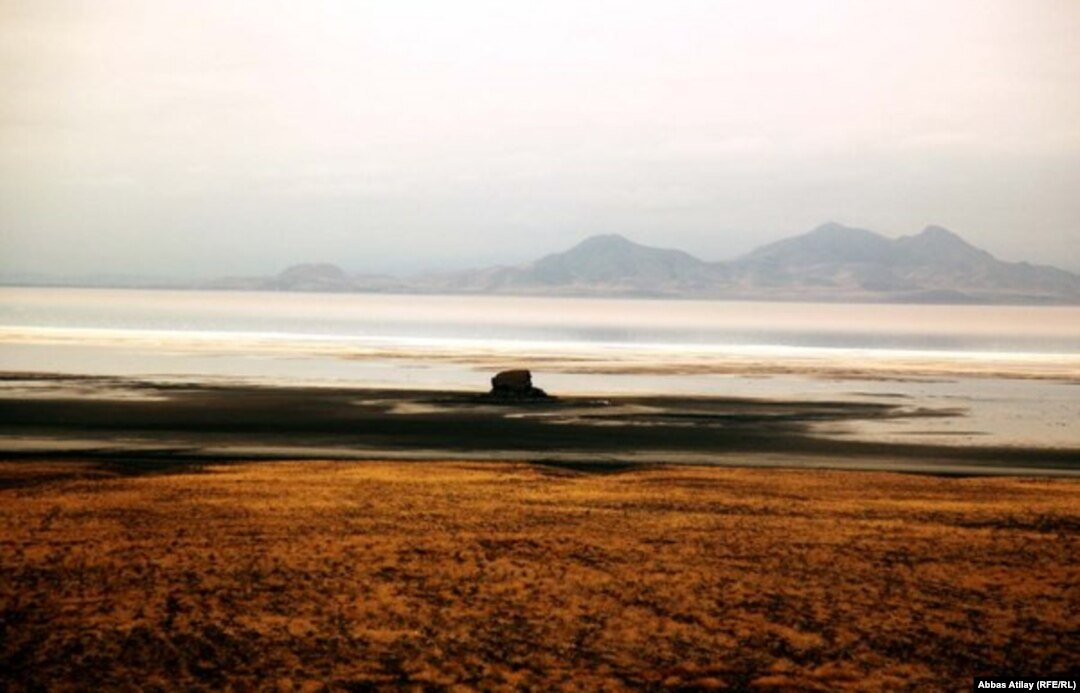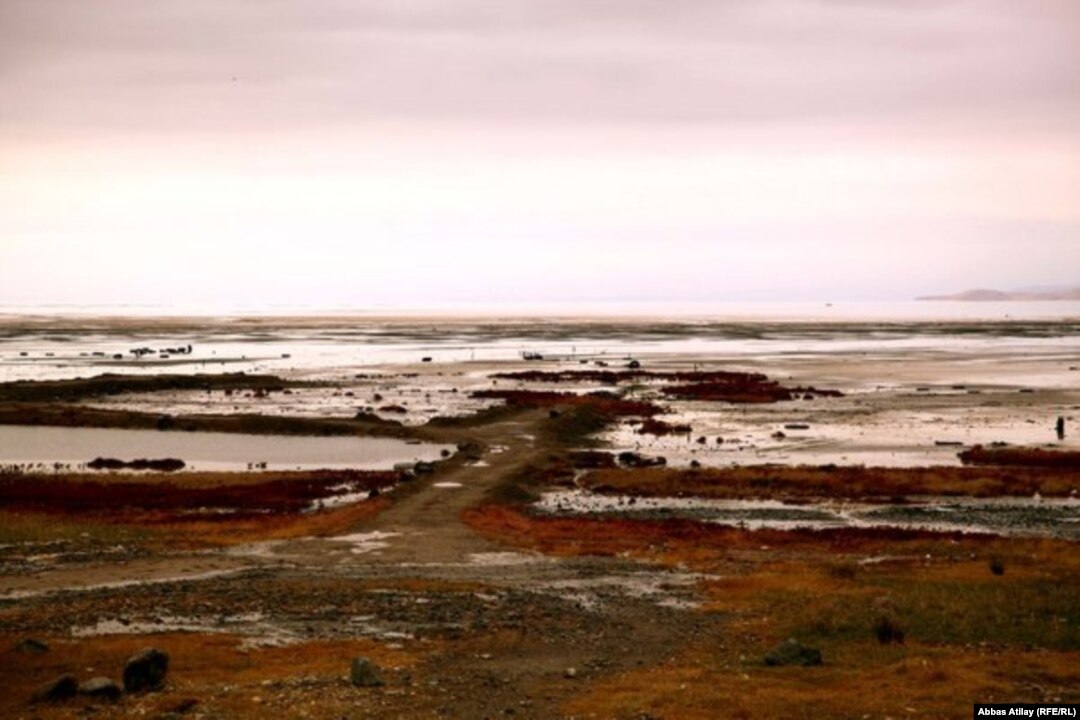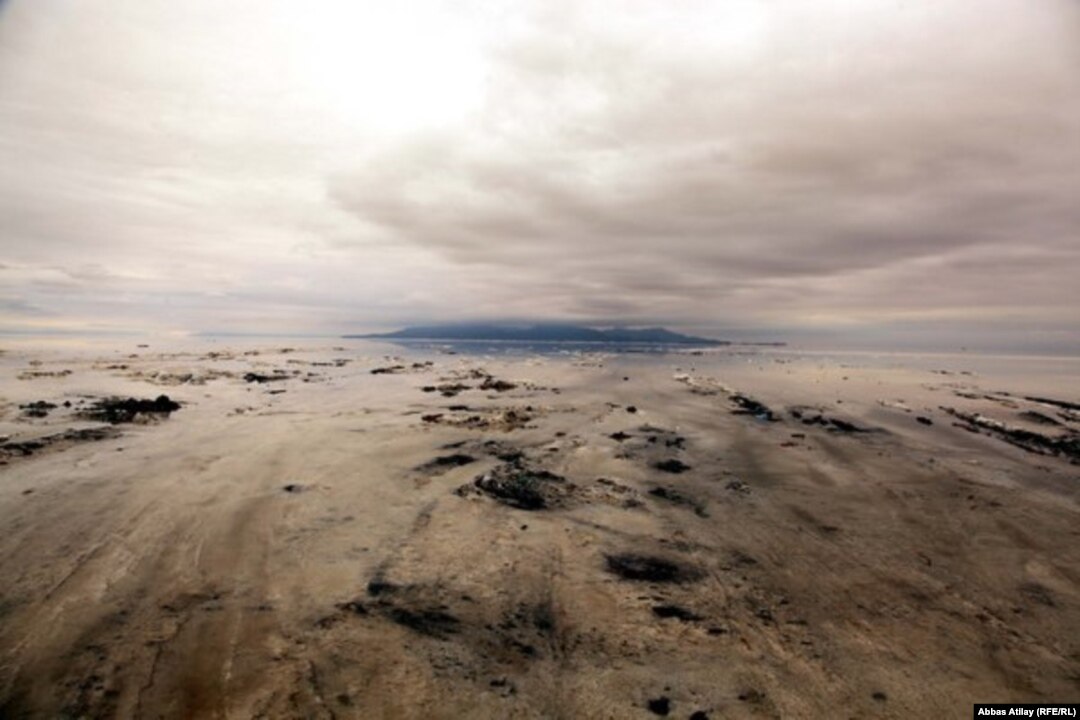Orumieh, Iran's Dying Lake

Lake Orumieh, or Urmia, in northwestern Iran, was once one of the country’s most beautiful natural wonders.

Located near the city of Orumieh, known as the “Paris of Iran,” the lake has historically attracted visitors from across the country.

But Lake Orumieh is now better known as the site of an environmental disaster.

One of the world’s largest saltwater lakes, Orumieh has shrunk by some 60 percent in recent years due to drought and the diversion of rivers to supply upstream communities with water.

Areas that used to be underwater are now accessible by car.
Stranded boats line what used to be the lake’s shores some 6 kilometers from the nearest water.
Salt drifts have accumulated in the dry lake bed.
Due to the desertification of the region, authorities are warning that as many as 1 million inhabitants might have to be relocated within five to six years.
Residents and environmental activists are pushing for action to help restore the water levels. Little can be done about the drought, but the amount of river water diverted for irrigation can be reduced, allowing more to reach the lake.
A fast-track solution to help save the lake was rejected in an August 17 vote in Iran’s parliament, the Majlis.
The slow death of Lake Orumieh has now become a hot-button political issue.
The lake borders Iran’s East and West Azerbaijan provinces, home to much of Iran’s ethnic Azeri population; the region’s history of protest against Tehran has helped galvanize demonstrations for policies to save the lake.
Without decisive action, this UNESCO biosphere reserve -- home to hundreds of species of birds, reptiles, and mammals -- might disappear forever.

